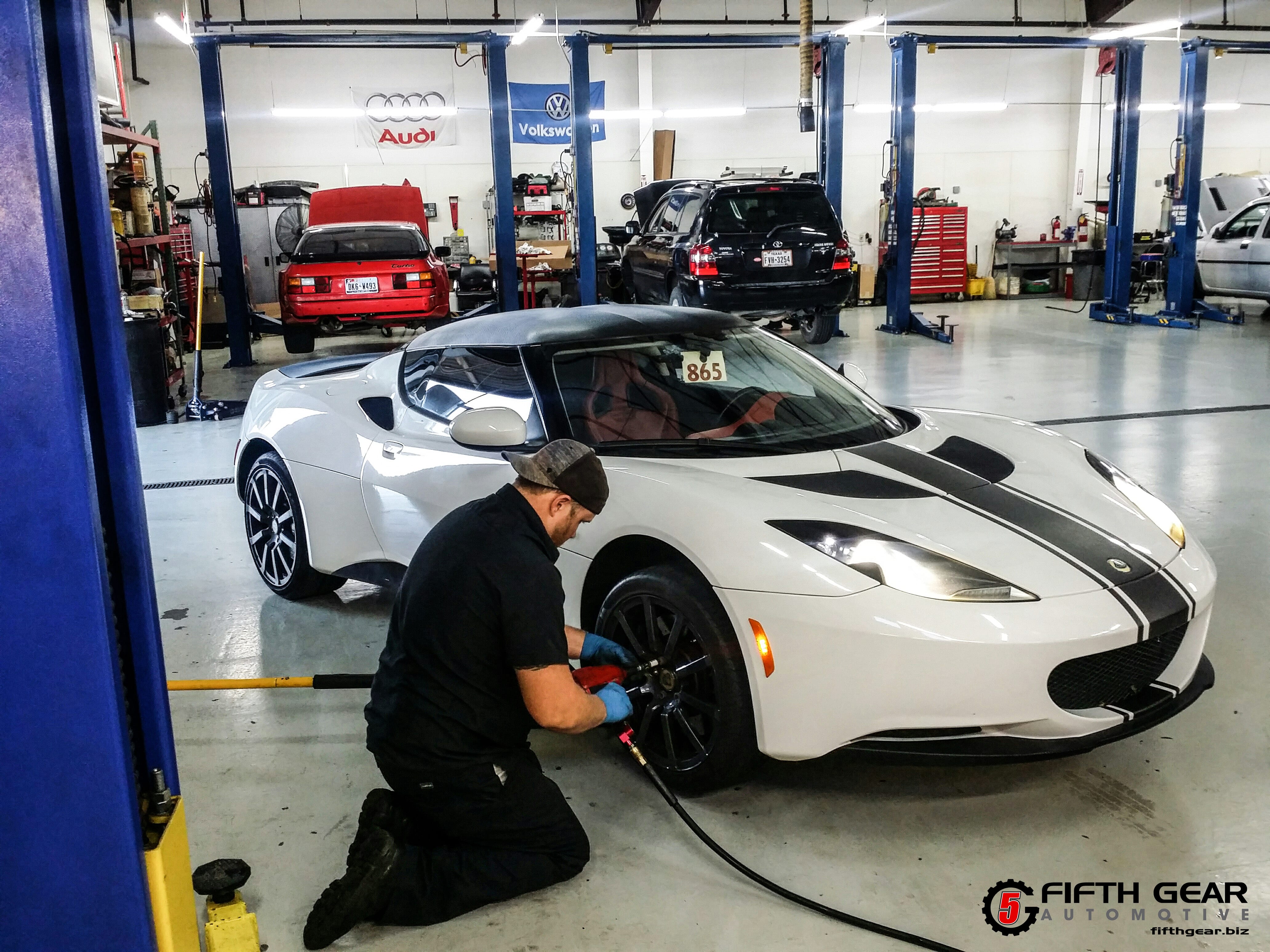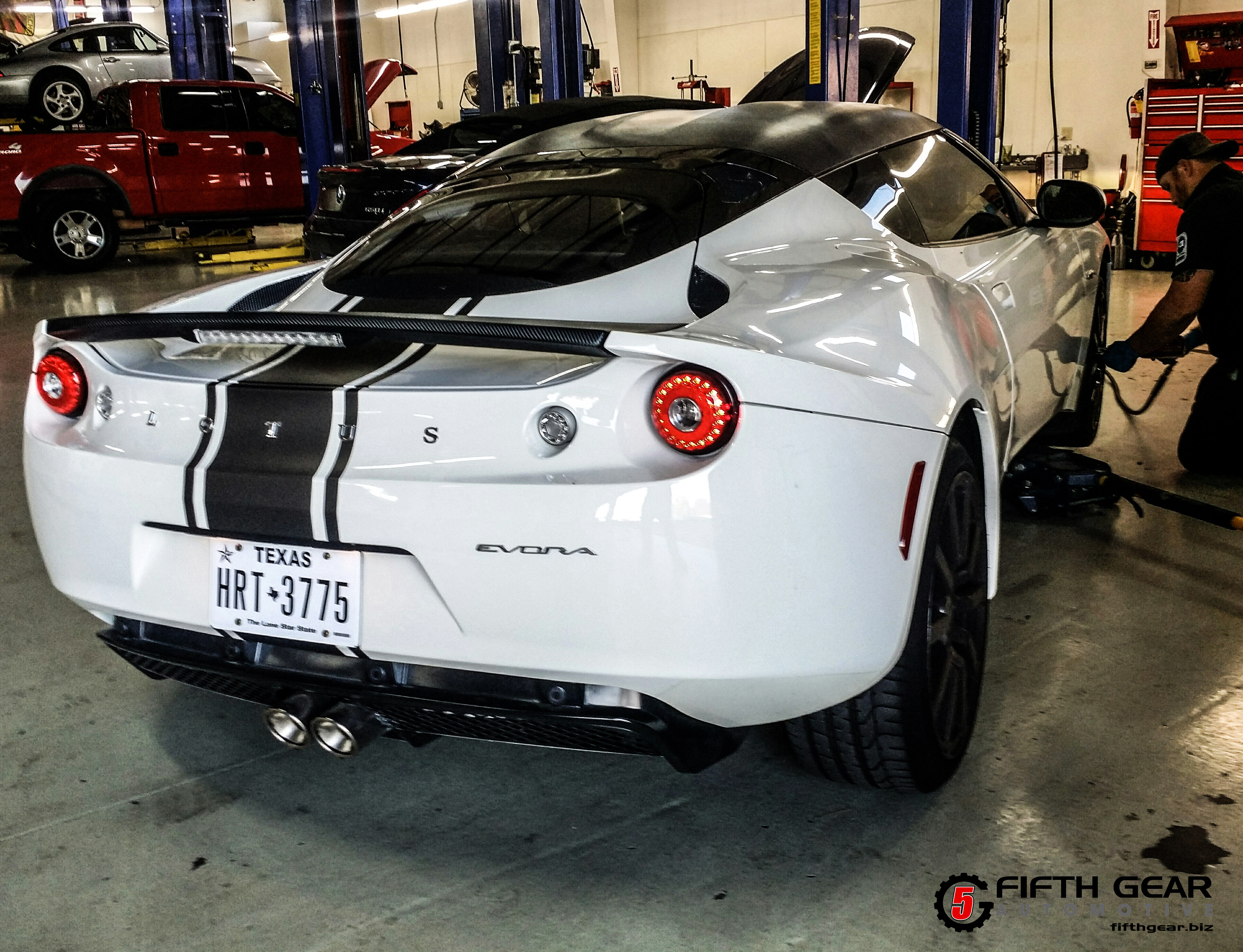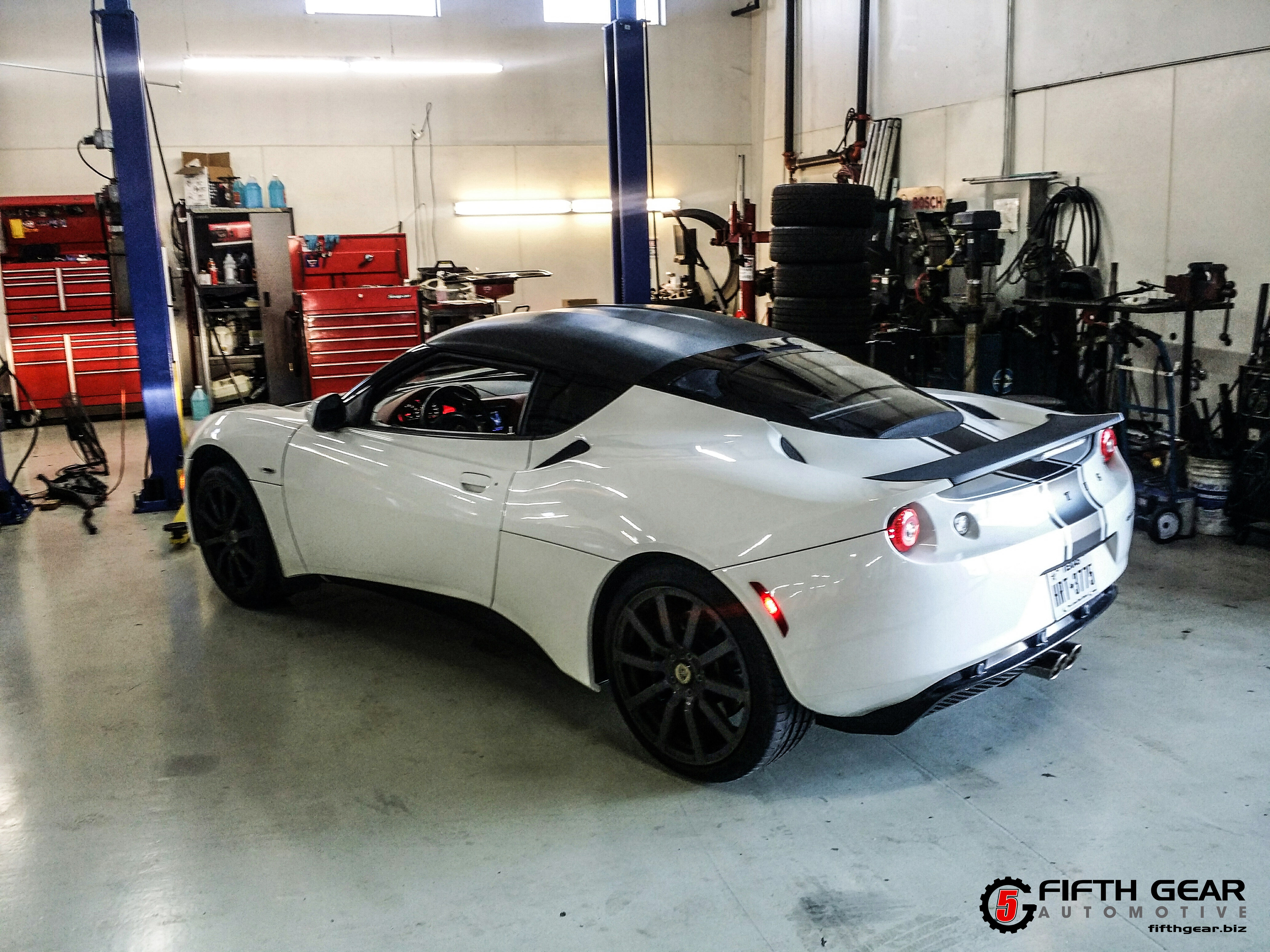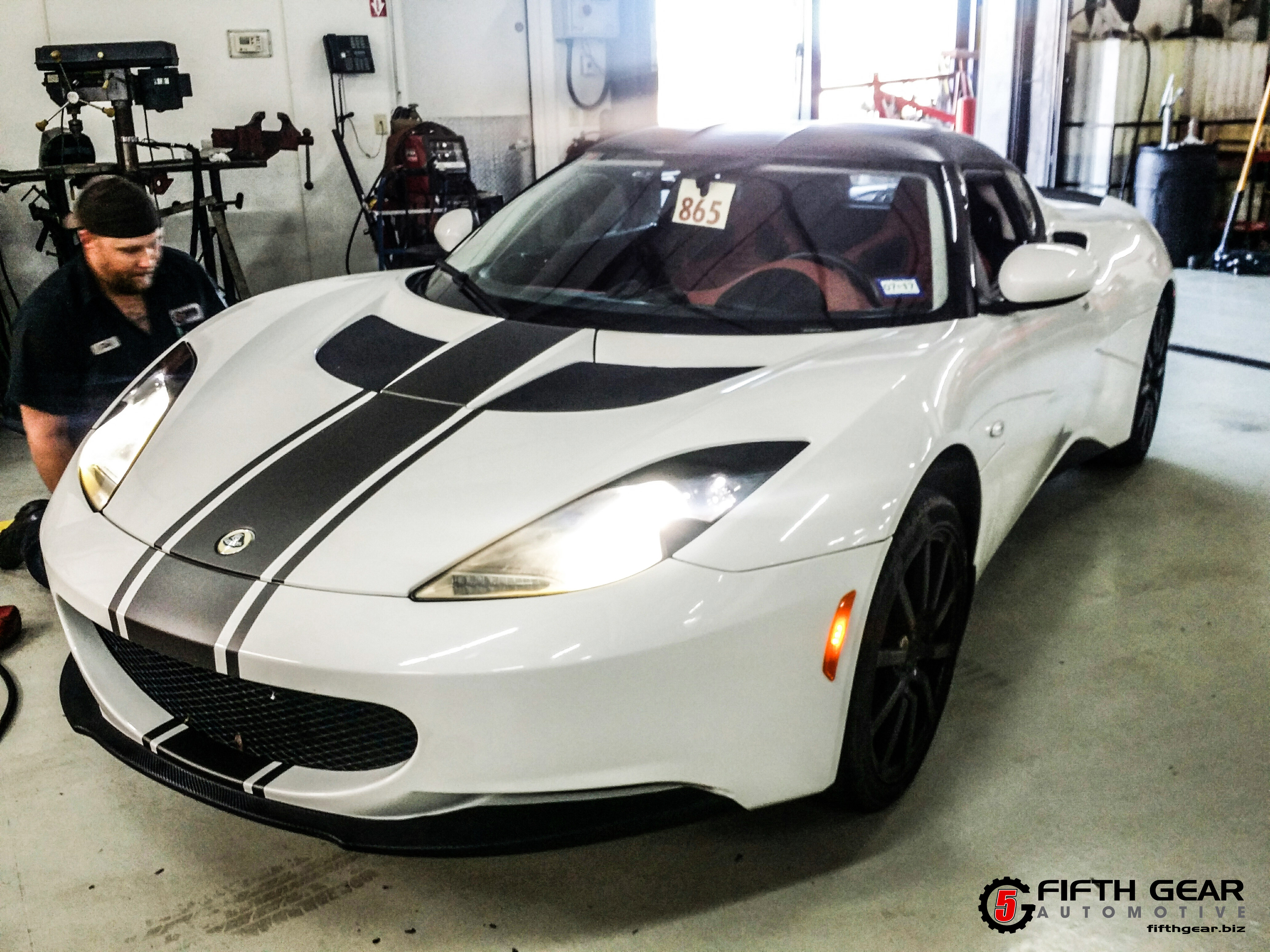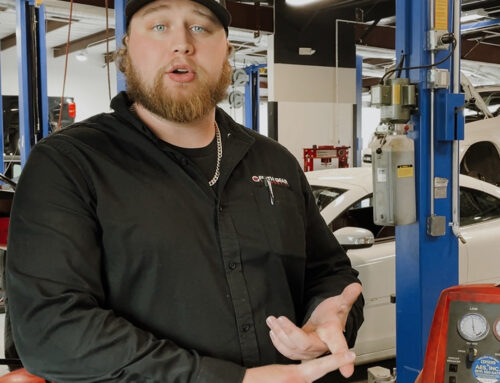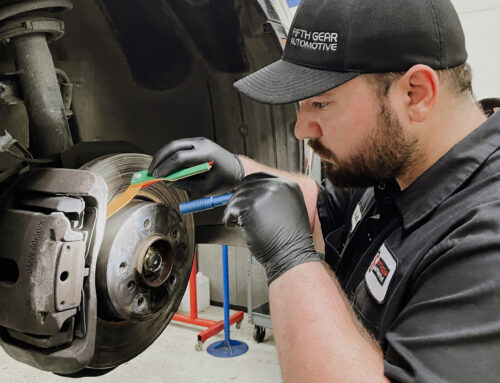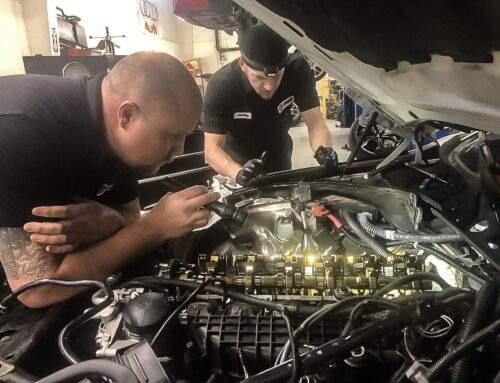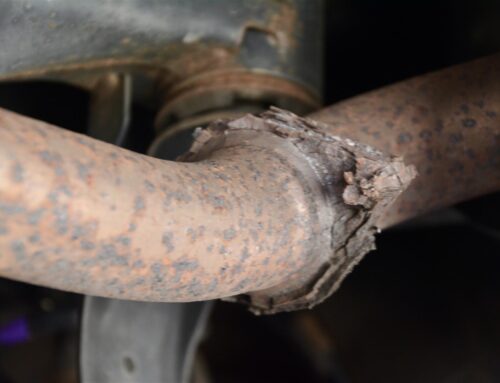Today we’re reporting on a common issue found on many Lotus Evora’s (up to the 2012 model year) equipped with manual transmissions. Many Evora owners have experienced a range of clutch-related symptoms that often can actually be attributed to a single, common cause: boiling brake fluid in the clutch lines.

Pics related.
“Huh?…How? ‘Splain, please.”
Gladly. The system of hydraulics that operates the clutch is very similar to, and in many cases related to connected to, the brake hydraulic system (this isn’t out of the ordinary for manual transmission cars) and the brake fluid that is used in these hydraulic systems can only effectively build up the necessary pressure within a certain temperature range. The usual operating temperatures of brake fluid typically fall well within that range of effective temperatures. When the fluid temperature exceeds the maximum effective temperature, that’s when the fun stops. When it’s the fluid on the brake side of things, it usually results in a soft or “spongy” feeling brake pedal, a pedal that stays depressed to the floor even after taking off your foot, and, during spirited driving like on the track, it results in a phenomenon called “brake fade,” which is when the system can’t apply adequate pressure through the brake pads to the rotors and so the brake pedal becomes little more than a hope and a wish.<—Unpleasant. On the clutch side of things, the results are similar when it comes to soft pedals or a clutch pedal that won’t return to it’s normal position after being pressed. Additionally, it can also cause difficulty in engaging a gear or changing gear, and some clutch slippage during gear changes even though the clutch pedal has been fully depressed. It’s this list of clutch-related symptoms that many Evora owners had been experiencing. In fact, enough Evora owners were having these issues that Lotus decided to investigate what was going on with so many of these cars.
“So what did they find?”
Glad you asked, As it turned out, due to the way things were organized in order to fit everything into the engine bay that needed to be there (such as the engine, first and foremost) one of the steel hydraulic lines, running from the clutch slave cylinder to down to what’s called the “clutch damper,” passed very close by an exhaust manifold. As you may already know, an engine’s exhaust is extremely hot, hotter still in the case of turbo- or supercharged cars (like the Evora S, for example…) and it takes mere seconds for exhaust manifolds and pipes to reach temperatures hot enough to cause very severe burns if you were unfortunate enough to touch one with your bare skin. (Disclaimer: Trust us on this one, we admire your spirit and curious nature but we don’t recommend finding this one out for yourself.)
Look at this cool picture of an Evora instead.
“Exactly how hot, though?”
Exact temperatures vary by vehicle and circumstances, but in the case of the Lotus Evora we’ll put it this way: Easily hot enough to boil the brake fluid contained within a nearby steel clutch line.
After making this discovery, Lotus issued a “TSB,” or “Technical Service Bulletin,” to address the issue (shown below).
Above: Lotus Evora TSB Number 2011/29
(Click the images to open larger version in new tab.)
The fix is as simple as the cause of the problem: protective heat wrap to go around the affected hydraulic clutch line, replacement of the clutch slave cylinder damaged internally by the excessive heat of the boiling brake fluid, and a bleed of the system to remove any ruined brake fluid within and replace it with the fresh stuff. With these TSB services performed by Fifth Gear Automotive, Evora owners can get back on the road (or track), and back to enjoying these immensely fun cars with peace of mind.
Pictured: Good times.

